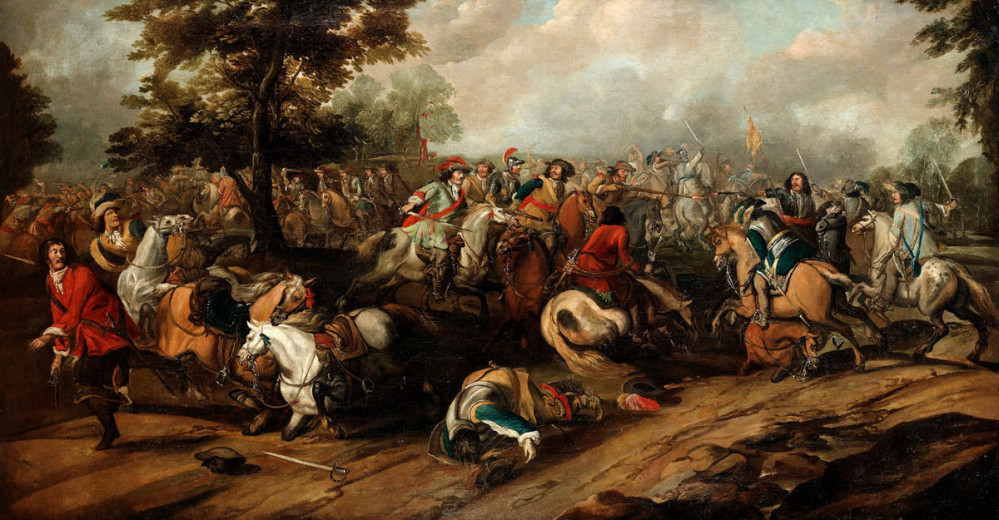
ECW: Time to make war
Command Phase
It has been a while since I posted anything, mainly due to family issues, but also I have taken more time to run through my ideas of movement and fire ranges. I think I’ll be making some adjustments to these by the time I’m finished. But for now I wanted to share my thoughts on how Command will work in the rules.
One of the ideas I want to explore is whether to use “Bolt Action” style command dice approach with the variability that such a system creates but at commander level. Many rule sets use a card driven mechanism (VWQ for example), which is appealing on one level, but I wanted to try out a combination system.
As I think commanders were particularly important in the period, I have an idea that I use Bolt Action dice (or any other suitable unit of selection) but NOT to use randomly on a specific unit, but to pass that command “option” to one of the army commanders to use.
So a C-in-C might have 5/6 possible command decisions they can make in a game turn and a Wing Commander only 3 (or 4), which they can give to ALL of the units under his (or her) command. BUT that command has to be the same for ALL units.
For example, a wing commander with 4 units of cavalry can give the same command to be used by ALL four units when an appropriate army die is drawn, e.g. “Advance to point X” and this is ONE decision although all four units will carry out the move. However, if he wants 2 units to advance and the other 2 to attack a different target, he would have to remove an additional command die as these are two different command decisions.
The only point of using a “bag of dice” is to add some degree of uncertainty to the game, a “fog of war” element, if you will.
That said, I think artillery should be treated differently and using an idea from VWQ, if a particular coloured die is drawn (let’s say a RED one), ALL artillery bases on BOTH sides can then fire. If a commander wants to MOVE an artillery base, this would cost a command die.
To add another element of confusion, three additional dice (say, BLACK) are added to the bag, when the third BLACK die is drawn, the turn ends. (Sharpe Practice uses a similar dynamic). This means that as Black dice turn up, Commanders have to focus on the critical actions as the turn may end soon after.
Of course poker chips would serve just as well, and might be easier to mix as a set of poker chips come in at least five colours (IIRC) and are all the same size. So a “typical” encounter with two armies meeting would have 11 – 13 chips for each army – say Blue and White (5 per CiC and 3 / 4 for each sub commander) and 3 RED dice for the Artillery and 3 BLACK dice for turn ending panic mode.
I wanted to expand the ideas for Commanders to have some attributes as to their battlefield ability, without getting too complex. For the “simple” game the Wing commanders would get 4 dice and the Commander-in-Chief 5. But adding three qualities of Commander, this can change the potential for actions significantly.
My idea is three quality standards: Poor; Competent; Extraordinary. These qualities may be scenario specific, or in campaign mode could rise or fall depending on their success (or otherwise) in encounters, and the severity of the win/loss.
For the Command Table, a Poor Commander loses a die from the basic allocation, while an Extraordinary Commander gains a die. So in a “typical” game an army could have as few as 10 possible Commands, or as many as 16.
As to command decisions, again the Bolt Action dice can be used, albeit the actual decisions might vary. When drawn, the command dice are placed on the command table in the appropriate slot.
Run: This is the “Charge” option
Advance: A move up to standard distance
Fire: Stand and fire (any unit armed with firearms)
Rally: Attempt to restore a “cohesion” point to a unit – 2d6 needing 7+. Perhaps on a perfect 12, two points could be recovered? Officer needs to be within 10cm of unit. BUT, a failed Rally permanently reduces the maximum Cohesion value to the current level. So use wisely
Ambush: Could be used in the same way. Unit waits until enemy comes into attack range and they can then fire/enter melee without an additional die. The die would be “re-faced” to reflect the actual choice of action.
Down: Don’t move and “Reload” (reload market would then be removed). The Unit then gets the additional 2d6 on its next Fire command.
I have reworked the Unit tables as well which now reflect their respective Cohesion value. This will fall as they take casualties and as they reach particular points this affects the number of dice they roll in attacks. It also reflects their Moral factor, i.e. the number to be thrown LESS than on 2d6.
More play-testing to see how this all works.





























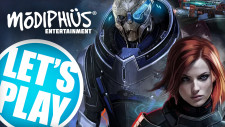


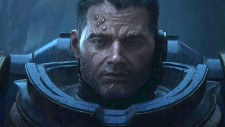
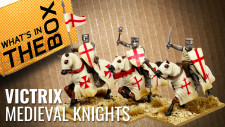

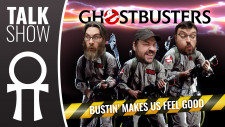
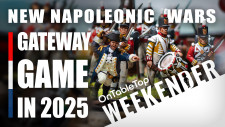





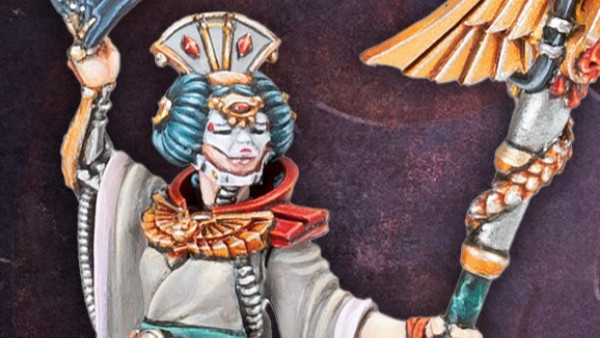

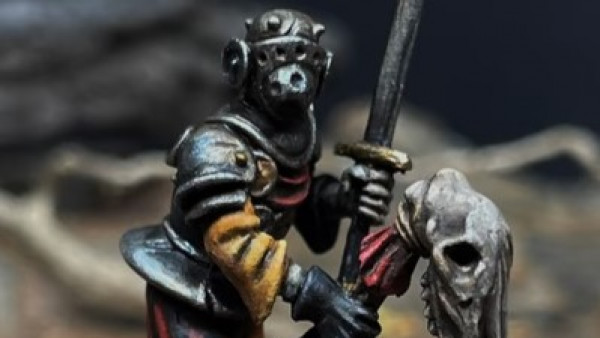

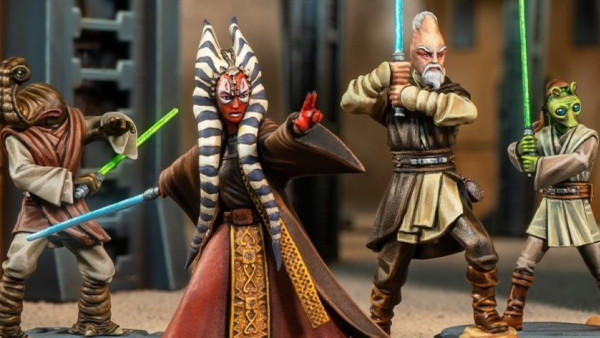
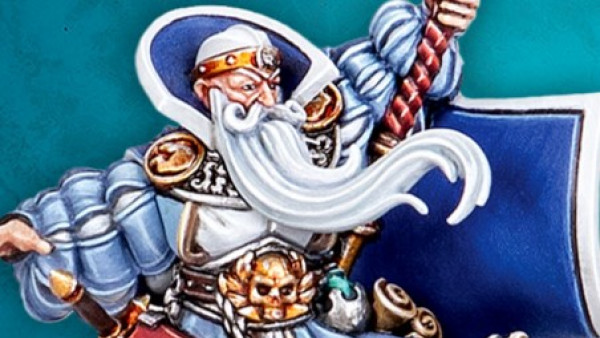

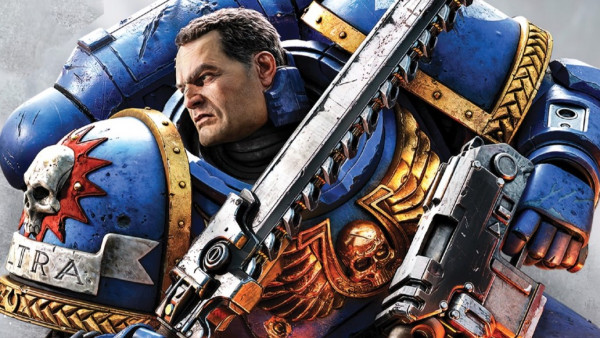
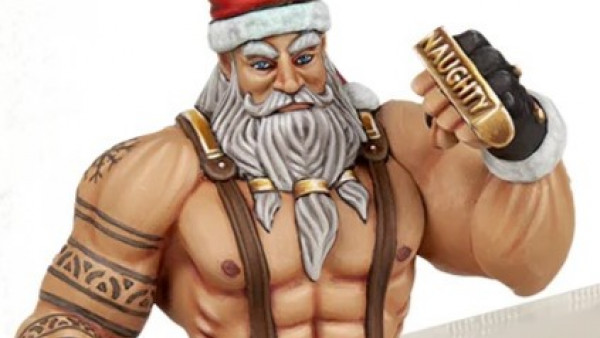
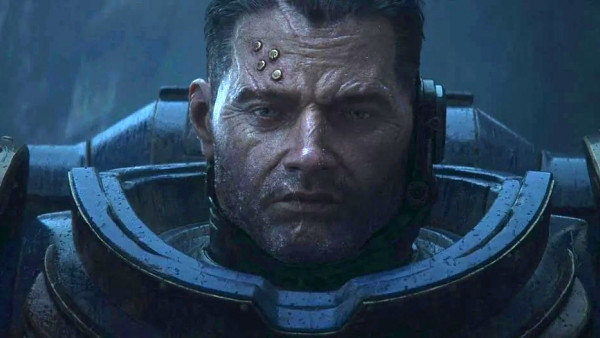

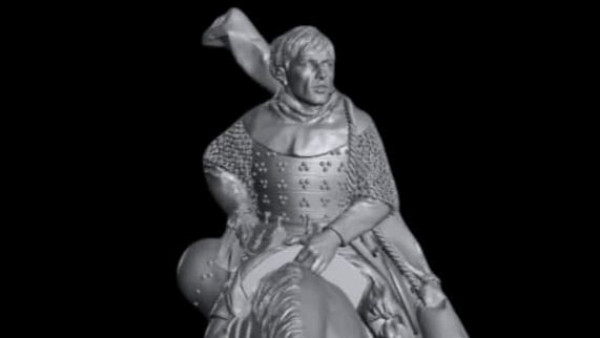
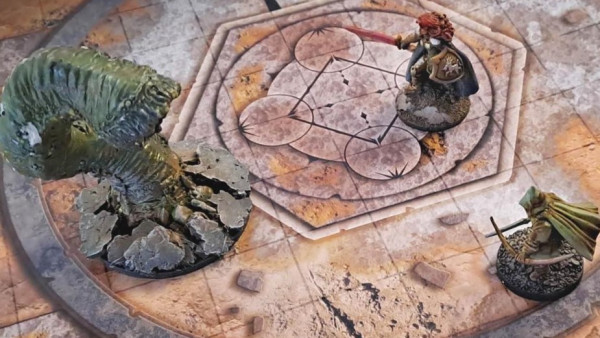
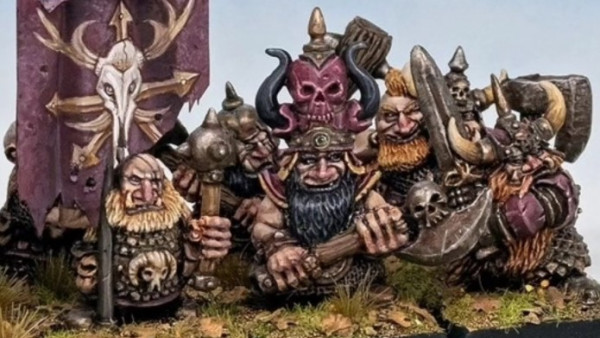
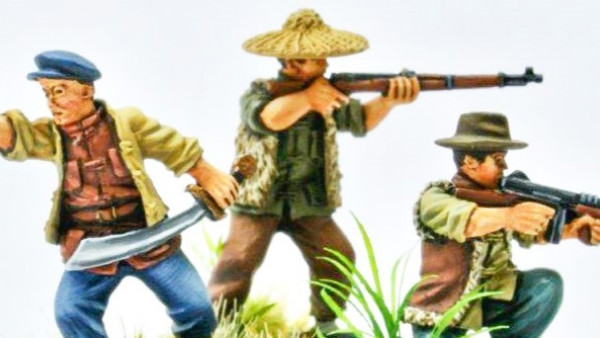
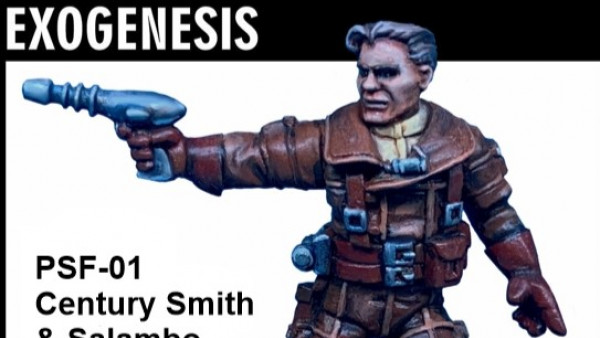
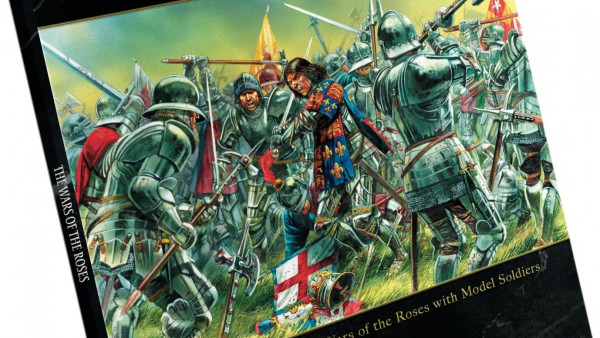
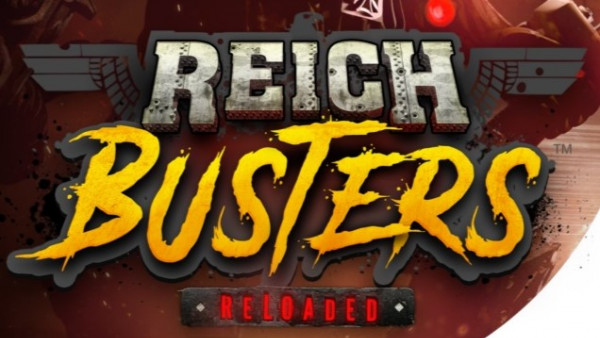
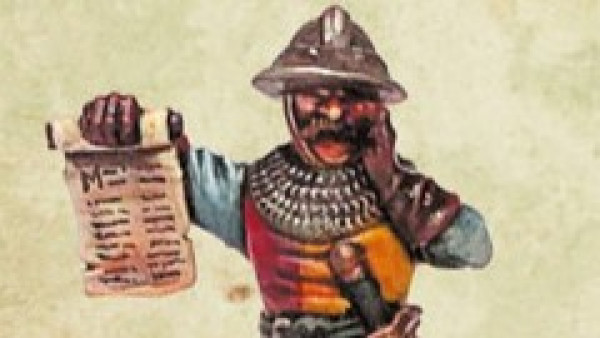
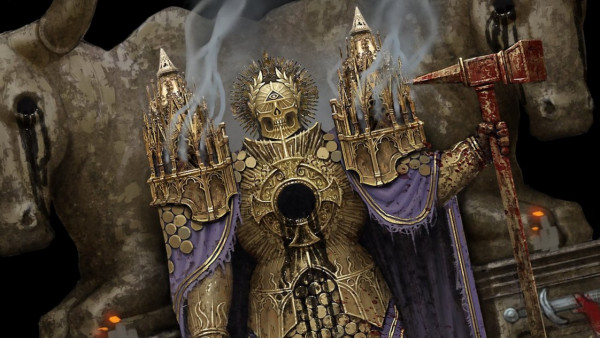
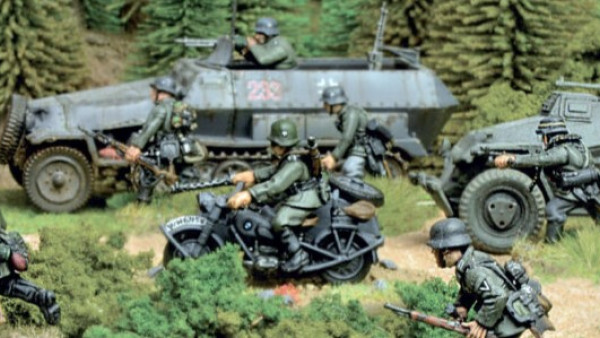
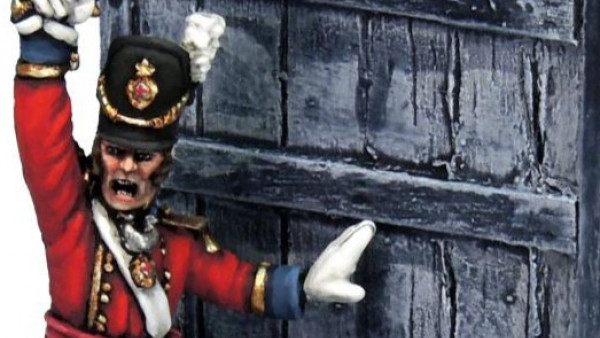
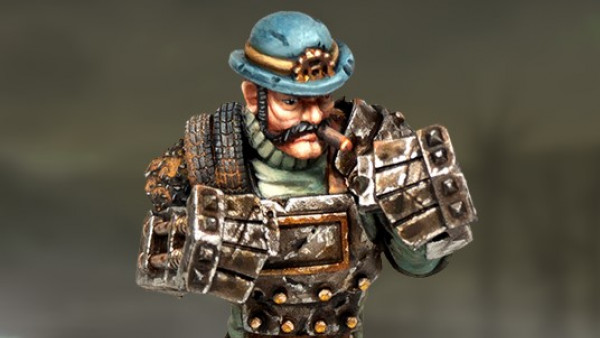
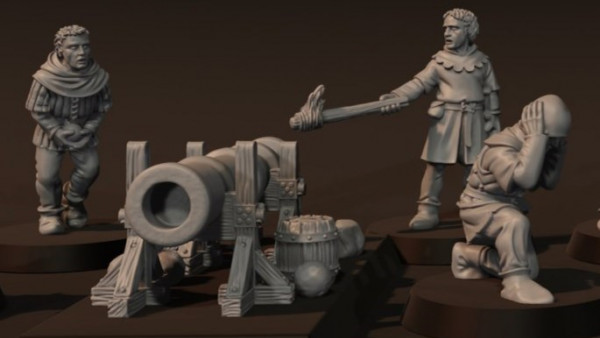
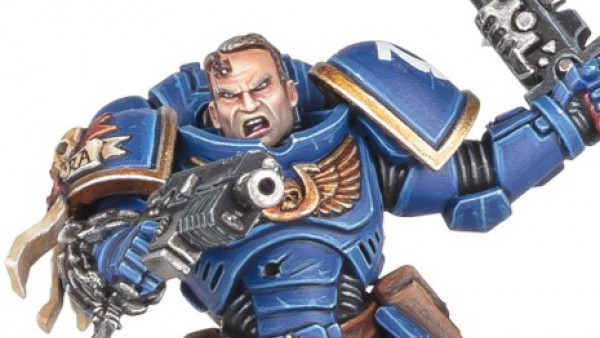

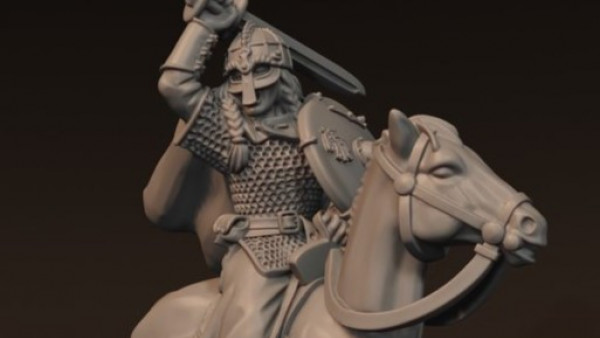

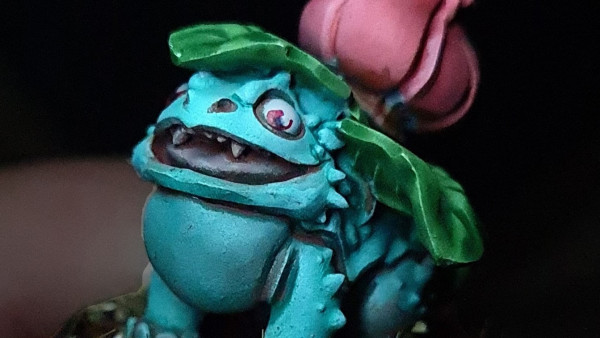
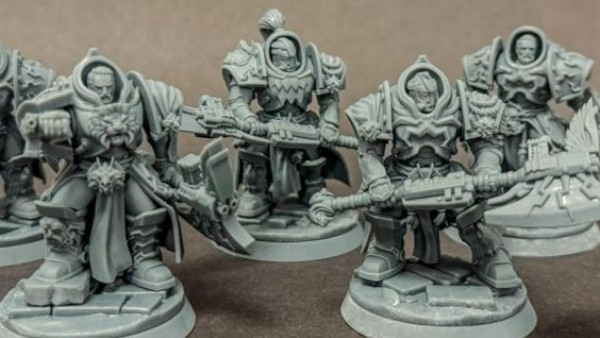
Leave a Reply